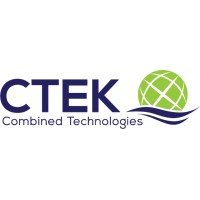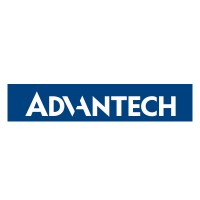
Combined Technologies Limited (CTEK)
Combined Technologies (CTEK) is a leading company in the field of Industrial Automation, Control Systems Integration and Reporting Systems for many diverse industries including Dairy, Food and Beverage, Mining, Paper and Pulp etc. throughout New Zealand and Australia. Our Engineers are based within our Hamilton and Auckland office, our clients' offices throughout New Zealand and are responsible for designing, installing, and maintaining large scale automation systems.






